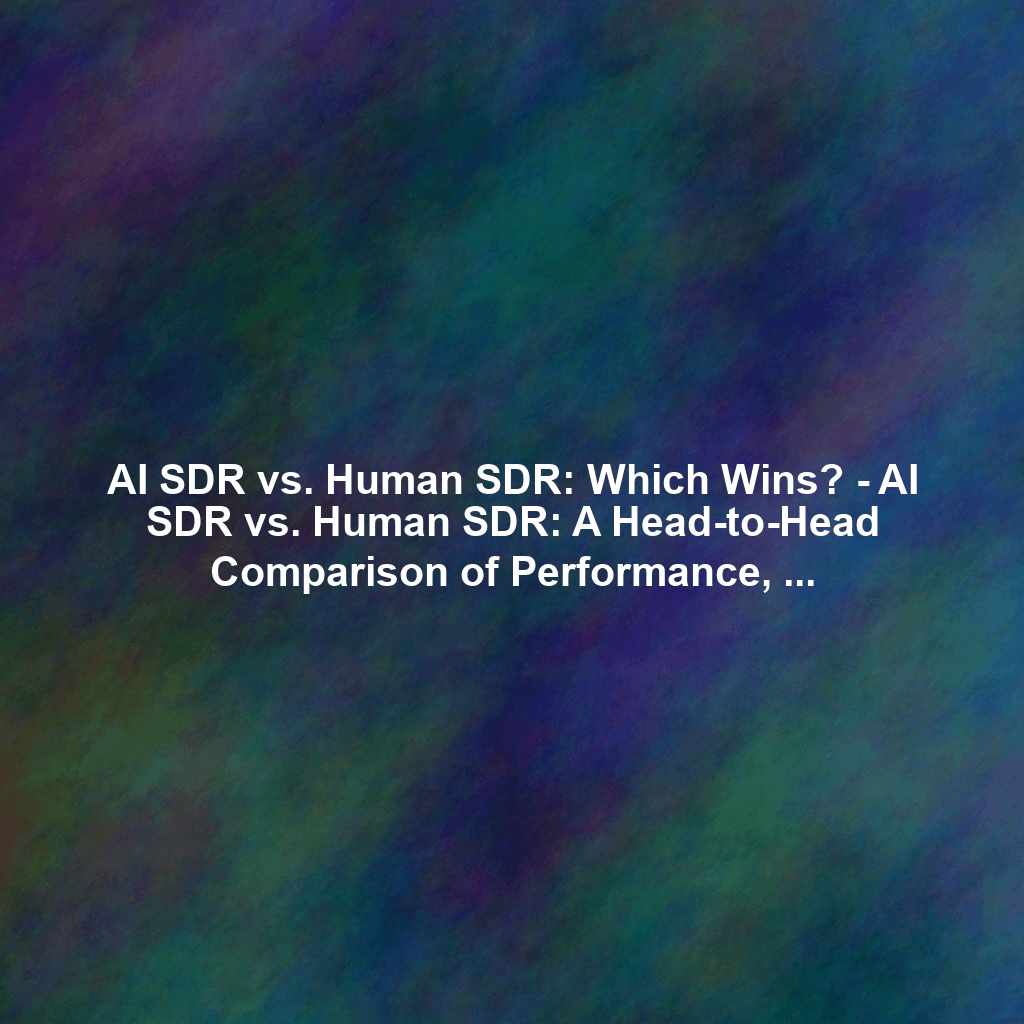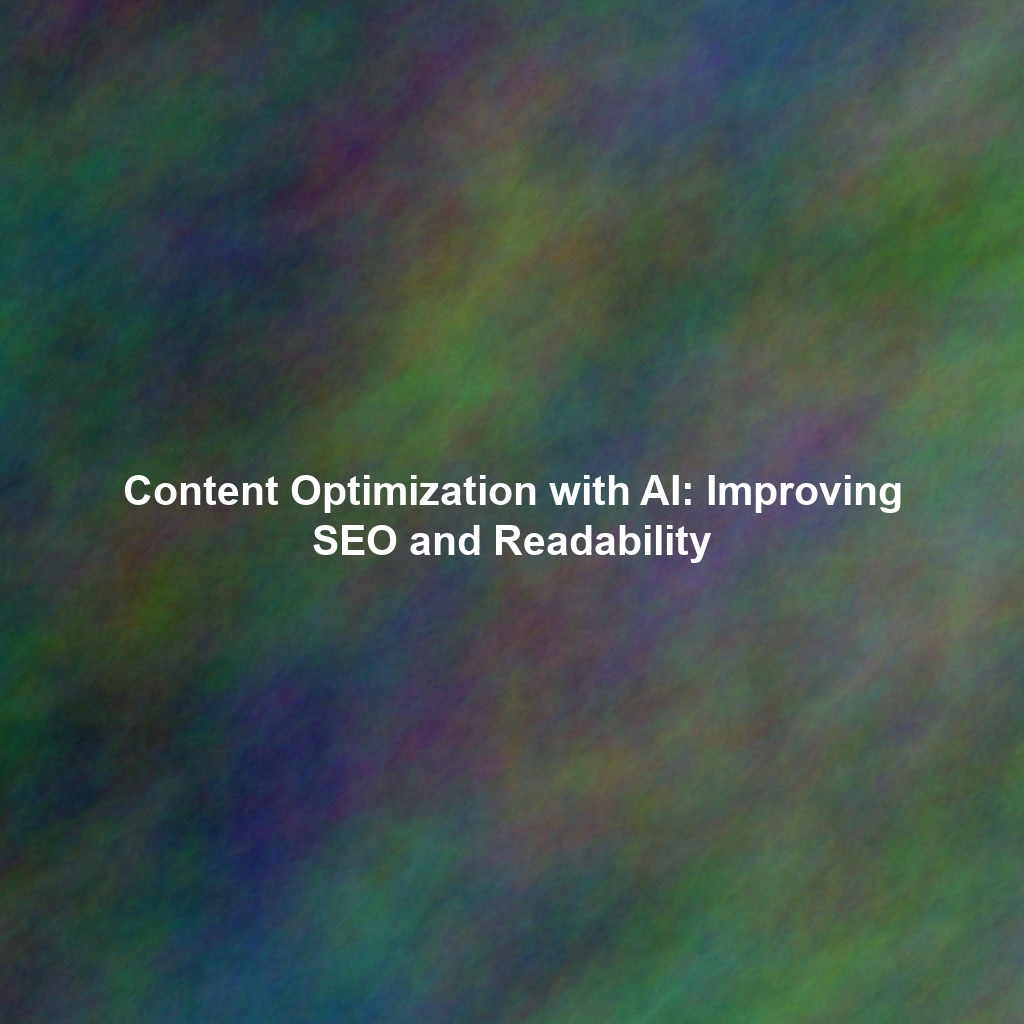Understanding the Roles: Human SDRs vs. AI SDRs
Before we jump into the comparison, let’s define our players:
Human SDRs/BDRs: The Personal Touch
Traditional SDRs are sales professionals tasked with prospecting, qualifying leads, and nurturing them until they are ready to be passed on to the sales team. They rely on a combination of skills including:
- Personalization: Tailoring messages to individual prospects based on research and understanding their needs.
- Relationship Building: Establishing rapport and trust with potential customers.
- Adaptability: Adjusting strategies based on real-time feedback and changing market conditions.
- Communication Skills: Effectively conveying value propositions and addressing concerns.
AI SDR/BDR Software: The Efficiency Engine
AI-powered SDR/BDR software utilizes artificial intelligence and machine learning to automate various aspects of the sales development process. These tools can:
- Automate Prospecting: Identify and gather contact information of potential leads based on predefined criteria.
- Personalize Messaging at Scale: Generate personalized emails and social media messages using AI-powered copywriting.
- Automate Follow-up: Schedule and send automated follow-up emails and reminders.
- Qualify Leads: Analyze lead data and behavior to score and prioritize them based on their likelihood of conversion.
- Book Meetings: Integrate with calendars to automatically schedule meetings with qualified leads.
Performance: A Battle of Lead Generation and Conversion
One of the most critical aspects of any SDR strategy is its ability to generate qualified leads and convert them into sales opportunities. Let’s see how AI and human SDRs stack up in this area.
Lead Generation Rate
AI SDRs: AI excels at processing vast amounts of data and identifying potential leads at scale. AI tools can scour databases, social media platforms, and websites to generate a higher volume of leads compared to human SDRs. They can work 24/7 without fatigue, ensuring a constant stream of prospects.
Human SDRs: While humans may not be able to generate the same volume of leads as AI, their ability to conduct in-depth research and identify highly targeted prospects can lead to a higher quality of leads. The key here is efficiency, a human SDR should be focusing on quality of outreach, not necessarily quantity.
Conversion Rates
AI SDRs: While AI can personalize messaging, its ability to build genuine relationships and adapt to nuanced customer needs is limited. This can result in lower conversion rates compared to human SDRs, especially for complex sales cycles.
Human SDRs: Human SDRs excel at building rapport and trust with prospects. They can listen to their needs, address their concerns, and tailor their approach accordingly. This personalized approach can significantly improve conversion rates, especially in industries that value relationships.
Cost: Weighing the Investments
Cost is always a significant factor when evaluating different SDR strategies. Let’s compare the costs associated with AI and human SDRs.
Salary and Benefits vs. Software Subscription
Human SDRs: Hiring and training human SDRs involves significant costs, including salaries, benefits, training, and management overhead. There is also the cost of employee turnover and the time it takes for new hires to become productive.
AI SDRs: AI SDR software typically involves a monthly or annual subscription fee. While the initial investment may seem high, it can be more cost-effective in the long run, especially when considering the potential for increased efficiency and scalability.
Cost Per Lead
AI SDRs: Due to their ability to generate a large volume of leads, AI SDRs often have a lower cost per lead compared to human SDRs. However, it’s important to consider the quality of those leads and their likelihood of converting.
Human SDRs: Human SDRs may have a higher cost per lead, but the leads they generate are often more qualified and more likely to convert. This can result in a higher return on investment (ROI) in the long run.
Scalability: Growing Your Sales Development Efforts
The ability to scale your sales development efforts is crucial for businesses looking to grow rapidly. Let’s see how AI and human SDRs compare in terms of scalability.
Ease of Scaling Up or Down
AI SDRs: AI SDR software can be easily scaled up or down based on your needs. You can simply adjust your subscription plan to accommodate changes in your sales goals or budget. This flexibility makes AI an attractive option for businesses that experience seasonal fluctuations or rapid growth.
Human SDRs: Scaling up a human SDR team can be a time-consuming and expensive process. It involves recruiting, hiring, training, and onboarding new employees. Scaling down can also be challenging, as it may involve layoffs or reassignments. Finding the right talent takes time.
Geographic Reach
AI SDRs: AI SDR software can be used to target prospects in different geographic regions and time zones without requiring additional human resources. This makes it easier to expand your sales reach and enter new markets.
Human SDRs: Expanding your sales reach with human SDRs requires hiring and training employees who are familiar with the target market’s culture, language, and customs. This can be a significant investment, especially when targeting multiple regions.
Conclusion: The Best of Both Worlds?
So, is AI SDR/BDR software a legitimate replacement for human SDRs? The answer is not a simple yes or no. Both approaches have their strengths and weaknesses. AI excels at generating a high volume of leads and automating repetitive tasks, while humans excel at building relationships and tailoring their approach to individual customer needs.
The most effective strategy may be a hybrid approach that combines the best of both worlds. By leveraging AI to automate prospecting and lead generation, and then relying on human SDRs to nurture and convert those leads, businesses can maximize their efficiency and ROI. Ultimately, the best solution depends on your specific business needs, budget, and sales goals.
 Skip to content
Skip to content

